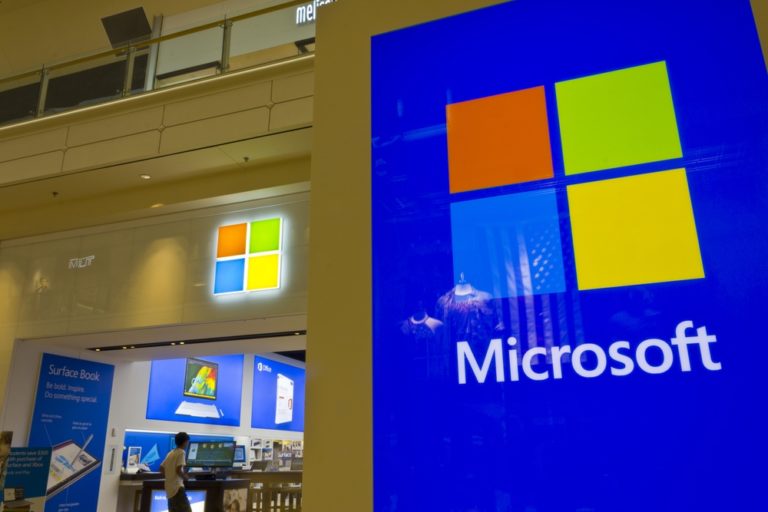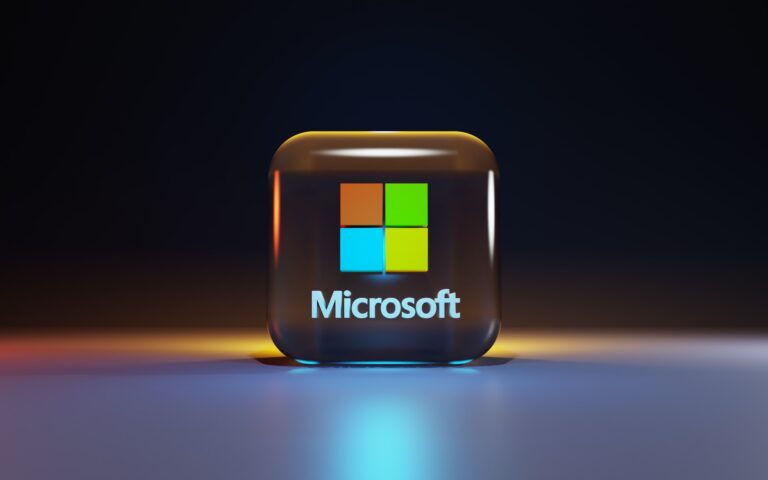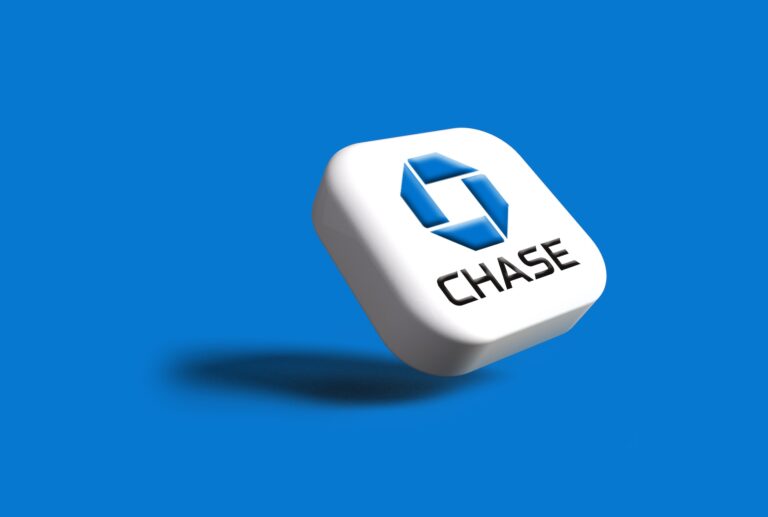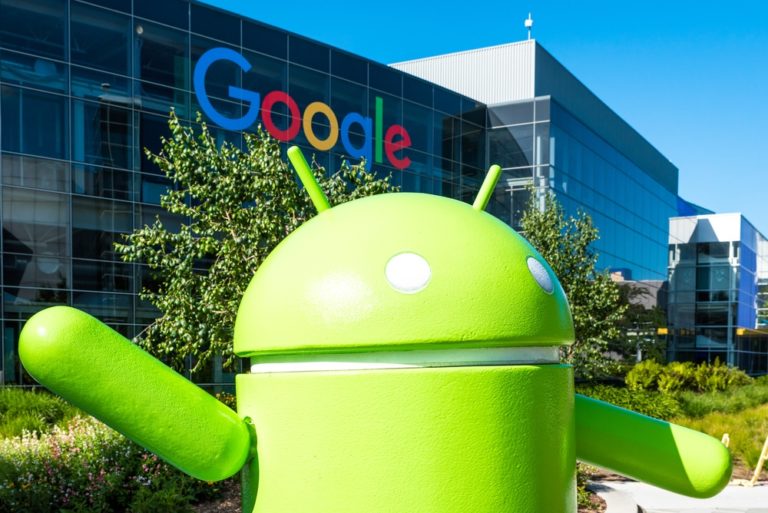In a much-anticipated return, “Saturday Night Live” (SNL) kicked off its 49th season with Pete Davidson at the helm as the host. The premiere episode was especially significant as it marked the show’s comeback after the previous season was cut short due to the Writers Guild of America (WGA) strike.
A Return Amidst Industry Strikes
The entertainment industry has been grappling with two major labor strikes. While the WGA strike has been resolved, the Screen Actors Guild – American Federation of Television and Radio Artists (SAG-AFTRA) strike is still ongoing. Despite these challenges, SNL managed to return to the screen, thanks to some contractual nuances that allowed the actors to work with the blessing of SAG-AFTRA.
Highlights from the Episode
The show began on a somber note, with Davidson touching upon the Israel-Hamas situation in Gaza and drawing parallels with his personal experiences, particularly the loss of his father in the 9/11 attacks. He emphasized the healing power of comedy, stating, “Comedy is the only way forward through tragedy.”
Davidson’s monologue was a blend of humor and personal anecdotes, ranging from his experiences with “Game of Thrones” to memories from his high school days.
The episode also featured a variety of sketches, including a humorous take on Taylor Swift’s influence on the Fox NFL Sunday panel, a parody song reflecting Davidson’s life, and a skit about the cast of a Marvel show googling themselves.
Musical guest Ice Spice performed two of her songs, with Taylor Swift briefly introducing her second performance.
The “Weekend Update” segment, a staple of SNL, provided a comedic take on current events, including a Trump joke and a discussion about Indigenous People’s Day.
Industry Reactions and Guest Appearances
Former SNL cast member Siobhan Fallon Hogan joined the episode, promoting her recently released movie “Shelter in Solitude.” She shared her experiences of returning to the Studio 8H stages and the surreal feeling it evoked.
The episode also saw a cameo from John Mulaney, adding to the star-studded lineup.
Conclusion
The premiere of SNL’s 49th season was a blend of humor, nostalgia, and poignant moments. With Pete Davidson leading the way, the episode set the tone for what promises to be an exciting season ahead.
For a detailed recap of the episode, you can read the full article on EW.com.










